Entry Category: Science and Medicine
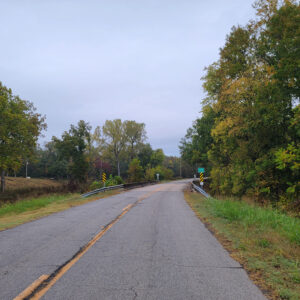 Galla Creek Bridge
Galla Creek Bridge
Gammage, Washington Lafayette
Garland, Mamie Odessa Hale
Gars
aka: Garfish
aka: Garpikes
Garver, Neal Bryant
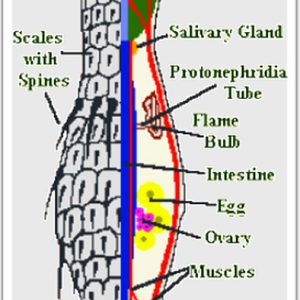 Gastrotrich Morphology
Gastrotrich Morphology
 Gastrotrichs
Gastrotrichs
Gastrotrichs
aka: Hairybacks
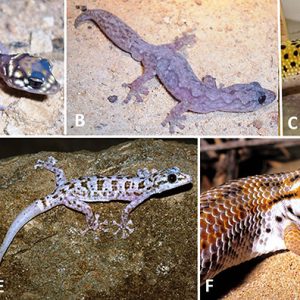 Geckos
Geckos
Geckos
Gerig, William Lee
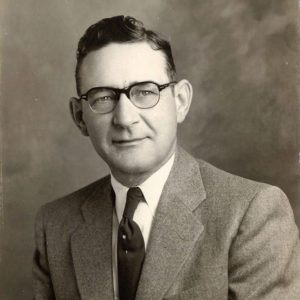 H. V. Glenn
H. V. Glenn
Glenn, Harold Virgil
Goldeyes and Mooneyes
aka: Mooneyes and Goldeyes
aka: Hiodontid Fishes
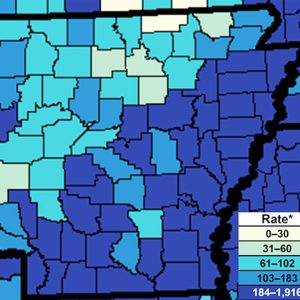 Gonorrhea in Arkansas
Gonorrhea in Arkansas
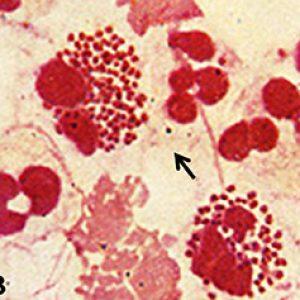 Gonorrhea Morphology
Gonorrhea Morphology
Good, Mary Lowe
Government Free Bathhouse
 Grasse Clinic
Grasse Clinic
 Gray Tree Frog
Gray Tree Frog
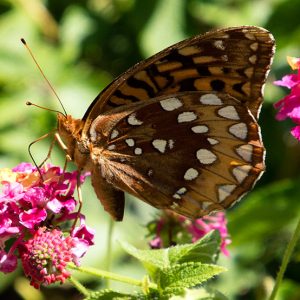 Great Spangled Fritillary
Great Spangled Fritillary
Greers Ferry Dam and Lake
 Patricia L. Griffen
Patricia L. Griffen
Grotto Salamander
aka: Eurycea spelaea
aka: Ghost Lizard
aka: Ozark Blind Salamander
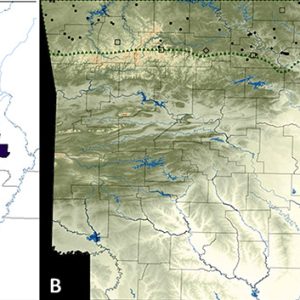 Grotto Salamander Distribution
Grotto Salamander Distribution
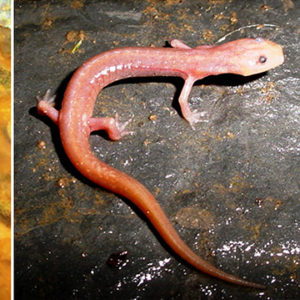 Grotto Salamanders
Grotto Salamanders
 Haemogregarines
Haemogregarines
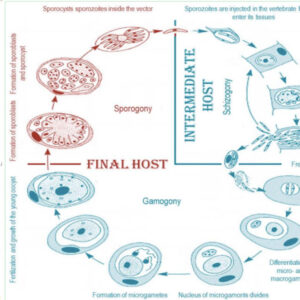 Haemogregarines
Haemogregarines
Haemogregarines
Hall-Trujillo, Kathryn
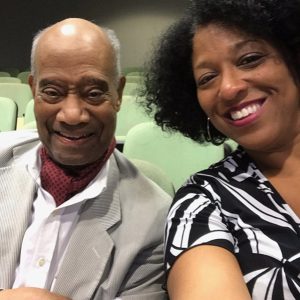 William Sterling Hall
William Sterling Hall
Hall, William Sterling
Hallock, Harry M.
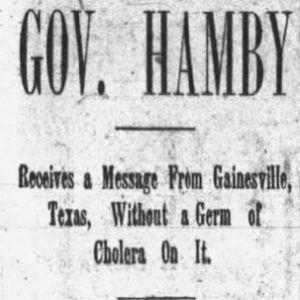 Hamby Cholera Concern
Hamby Cholera Concern
Handywagon
Harding, Arthur McCracken
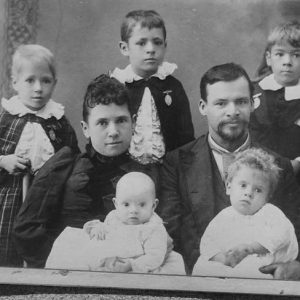 Harding Family
Harding Family
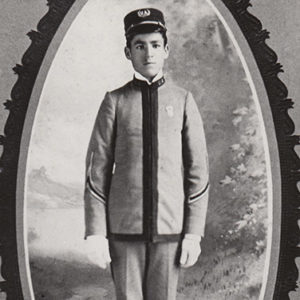 Arthur Harding Cadet Medal
Arthur Harding Cadet Medal
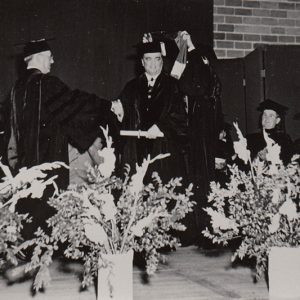 Arthur Harding and J. Edgar Hoover
Arthur Harding and J. Edgar Hoover
Harris, Ernest James
Harrison, William Floyd Nathaniel
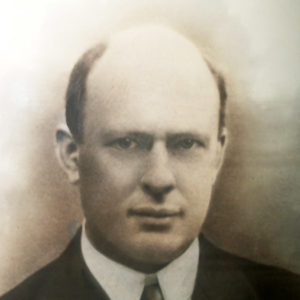 Harry Hallock
Harry Hallock
Harry K. Dupree Stuttgart National Aquaculture Research Center
Harvestmen
aka: Daddy Long-Legs
aka: Granddaddy Long-Legs
 Harvestmen of Arkansas
Harvestmen of Arkansas
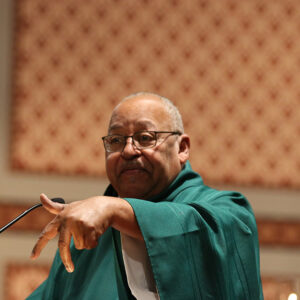 Warren L. Harvey at MLK Mass
Warren L. Harvey at MLK Mass
Health and Medicine
 Helena-West Helena Bridge
Helena-West Helena Bridge




